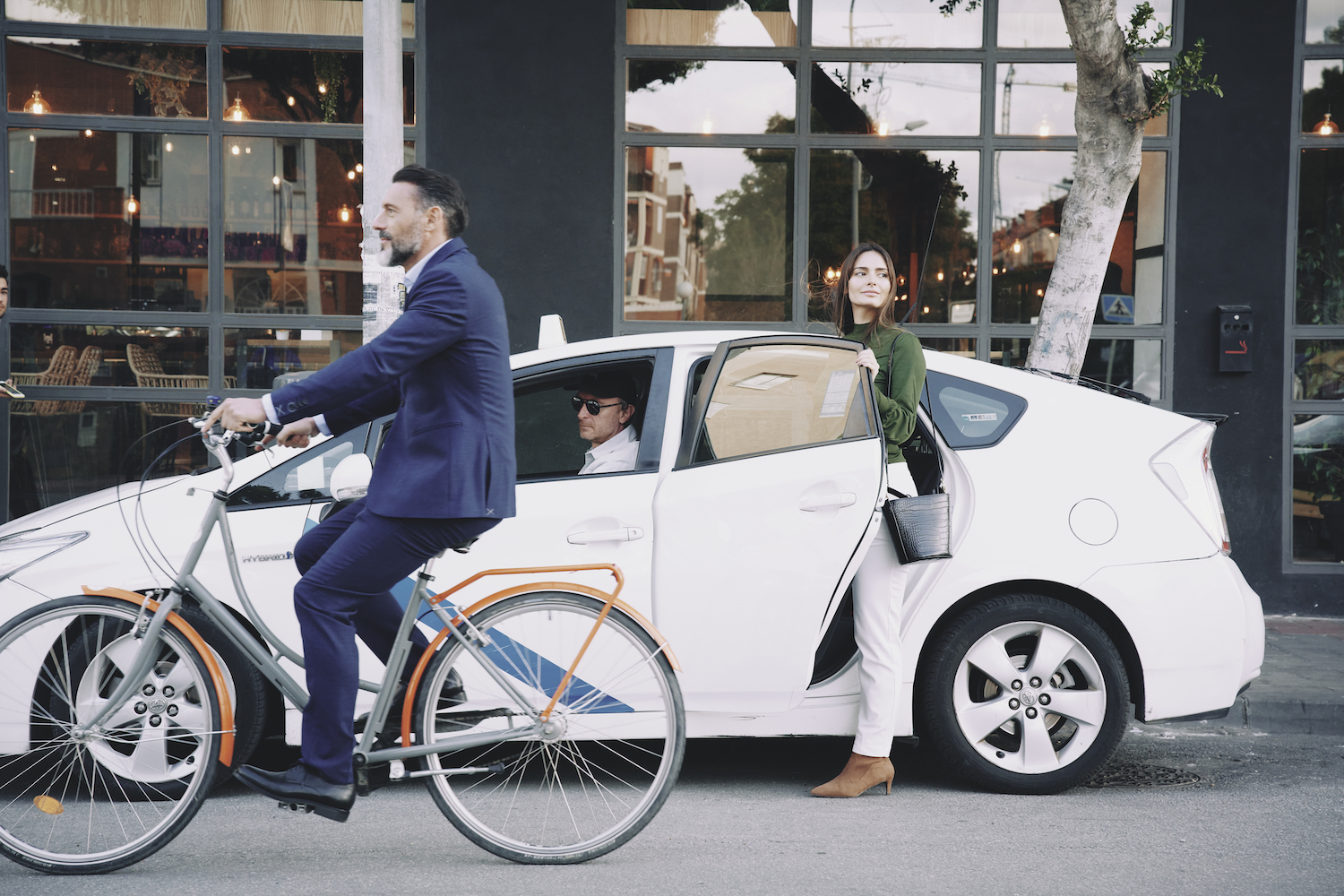Increasing pedestrian and cyclist visibility with automated driving

When vehicles are in reverse motion or moving forward slowly, pedestrians and cyclists are most at risk.
In the EU, crashes with the front side of a vehicle represent about 78% of all pedestrian and cyclist fatalities, for a total of 5,250 per year. Collisions with the rear side of a vehicle result in about 11%, or 750 per year, according to the EU Impact Assessment for General Safety Regulation.
To reduce the number of fatalities, the United Nations is implementing two new Vehicle Regulations designed to reduce collisions between vehicles, pedestrians, and cyclists. The new governance stipulates that safety solutions featuring sensors and cameras, such as those used in advanced driver assistant systems (ADAS), become mandatory in vehicles in countries with membership in the 1958 Agreement. ADAS has become the new standard for pedestrian and cyclist safety.
In the past, safety measures included increasing the number of mirrors to improve driver visibility. However, advancements in location technology, connected driving and ADAS, have paved the way for new solutions.

In 2021 in North America, the market value of ADAS technologies reached US$6.6billion, US$5.68billion in Europe, and US$5.56billion in Asia Pacific (as reported by Statista).
Innovation fueling safety
Building on the provisions adopted in 2018 which introduced Blind Spot Information Systems (BSIS), UN Regulation No. 158 on reverse motion implements new technology requirements for cars, vans, buses and trucks (vehicles categories M and N) to detect objects behind the vehicle that are at least 80cm tall and 30cm wide in an area ranging from 20cm to 1m. The main technologies used are supported by HERE Automated Driving: improved road awareness and ADAS.
Furthermore, UN Regulation No. 159 requires proximity signals, or hazard warnings, for buses, coaches, and medium and large trucks (categories M2, M3, N2, and N3) in the case that pedestrians or cyclists enter blind spot areas in front of the vehicle. The regulation also orders additional signals when a collision is imminent.
Developed by the Working Party on General Safety Provisions (GRSG), and adopted by the World Forum for the Harmonization of Vehicle Regulations in November 2020, the new regulations took effect on June 10th, 2021.
Moving beyond the blind spot
HERE Automated Driving encourages safe driving via precise location technology, which supports connected driving systems in alerting drivers about objects or people in the rear or front of the vehicle. And, not only that: this data can also be shared with surrounding connected vehicles and their drivers.
For example, if a van approaches an intersection and there is a pedestrian crossing the road, the van's ADAS system “notices" this information and can relay it to other cars in the vicinity. If another truck or other vehicle then approaches from behind, where the driver may not be able to see the pedestrian because of the vehicle in front, the ADAS system will alert that vehicle/driver that there is a person in the crosswalk, preventing a potential injury or fatal crash.
In the line of sight
In keeping with the UN's move to make roads safer, HERE, Porsche and Vodafone are discovering the potential of 5G and location technology in the reduction of the number of road accidents. The three companies are collaborating on a real-time warning system that will provide vehicles and their drivers with direct hazard warnings, without any delay, for more instantaneous driver responses and thus, safer roads.
Captured by camera and sensor systems, and using artificial intelligence, high-definition map, and positioning technology, the data will be processed and evaluated directly on the roadside using multi-access edge computing (MEC). In addition, 5G mobile network technology and an intelligent MQTT message broker, can transmit the data in the form of dedicated alerts to drivers approaching a hazard.
“If cars warn each other about hazards in real-time, human lives can be saved," — Michael Reinartz, Director of Innovation & Consumer Services, Vodafone Germany
Make automated driving systems safer and more comfortable with location data.
Have your say
Sign up for our newsletter
Why sign up:
- Latest offers and discounts
- Tailored content delivered weekly
- Exclusive events
- One click to unsubscribe